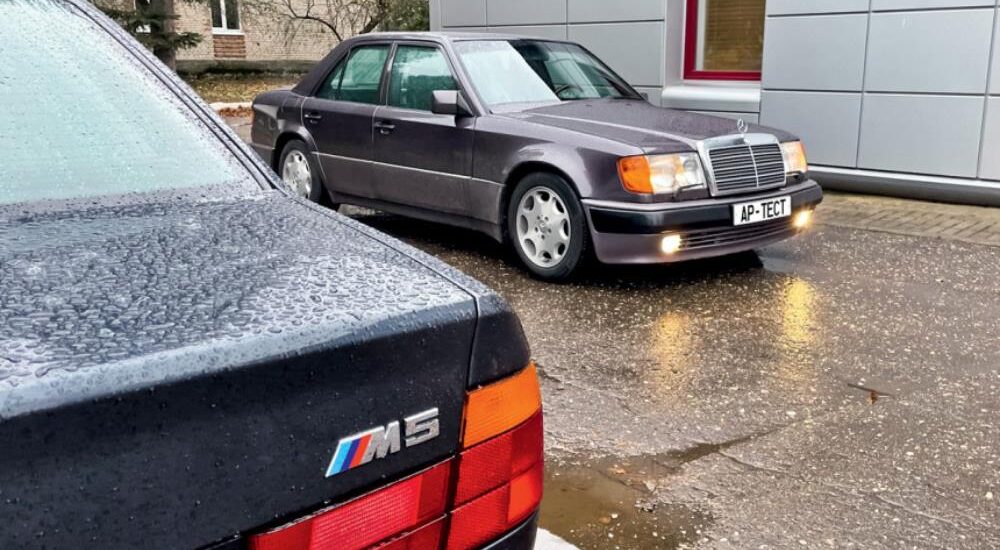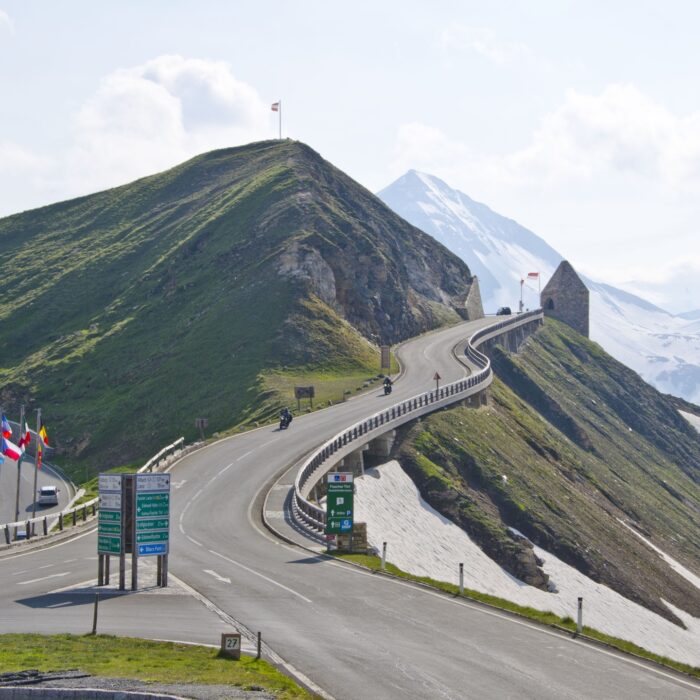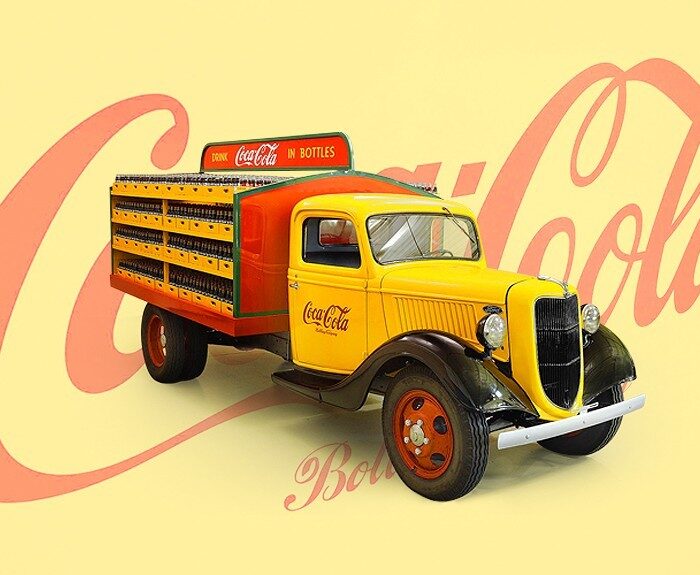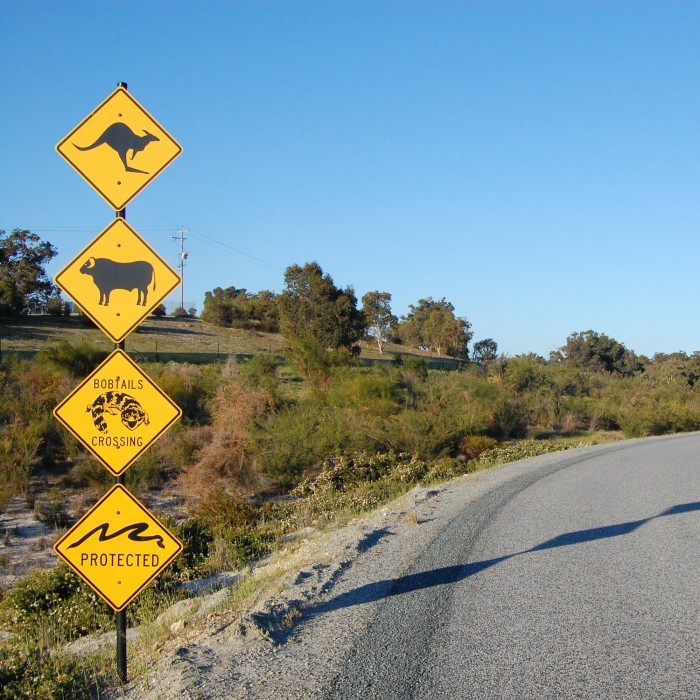Cuando Mercedes anunció el W124, BMW respondió con el E34. La respuesta de Múnich fue contundente y clara con la proclamación del M5, y Stuttgart no tardó en responder con el 500 E. Curiosamente, a pesar de las marcadas diferencias entre estos supersedanes, compartían un punto de partida peculiar: ambos comenzaron sus viajes con la carrocería de un camión.

El proyecto del W124 comenzó en 1977, con el diseño inicial elaborado por Peter Pfeiffer y Josef Gallitzendörfer, y fue finalizado por el jefe del centro de estilo, Bruno Sacco.
El tono de la rivalidad lo marcó sin lugar a dudas BMW en la década de 1980, impulsada por la ambición de superar a Mercedes. La competencia era tan feroz que Múnich tuvo que redoblar sus esfuerzos para seguir adelante. Necesitaban un gran avance para conseguir una ventaja, que llegó con el lanzamiento del E32 «Seven» en 1986, al que siguió el BMW 750i con motor V12 un año después. El desafío entonces consistía en replicar este éxito con el «Five».
Lanzados en 1988, los sedanes E34 se crearon con un enfoque singular: superar al formidable W124. Cuatro años después de su debut, el Mercedes sigue siendo una maravilla de la ingeniería automotriz. Durante nuestra prueba retro, me sumergí en el BMW Praxis, un catálogo de concesionarios que se utiliza para capacitar a los vendedores sobre el nuevo «Five». Este manual de 240 páginas es un tesoro lleno de detalles sobre el E34, repleto de ideas que pocas veces se encuentran en otros lugares.
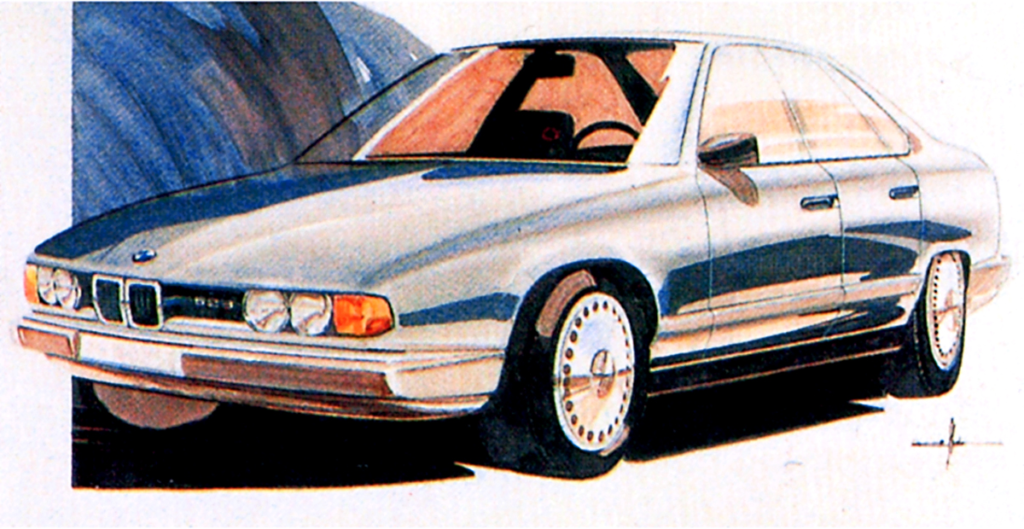
Los genes italianos del E34 fueron esbozados en 1982 por Ercole Spada. Jay Mays continuó el trabajo en el “Cinco”, que se completó bajo la dirección de Klaus Luthe.
Desde las estrategias de marketing hasta las innovaciones técnicas, la rivalidad era intensa. BMW analizó las cuotas de mercado de varias profesiones y observó que los directivos de nivel medio preferían la «hélice» y la «estrella» entre los altos ejecutivos y autónomos. BMW también promocionó las mejoras en la aerodinámica, afirmando que había mejorado un 18% con respecto a su predecesora y había logrado un coeficiente de resistencia aerodinámica de 0,30, sin dejar de mantener su icónico diseño de parrilla. Con sutileza, insinuaron que sus resultados podrían haber sido incluso mejores si no hubiera sido por su política de neumáticos estándar, un golpe para Mercedes, que obtuvo las mejores cifras aerodinámicas con neumáticos más estrechos.

El equilibrio entre funcionalidad (eje vertical) y estética (eje horizontal) según la percepción de BMW. Resulta que Lancia es el menos práctico, mientras que Audi es considerado el menos bello.
Las innovaciones, como el exclusivo sistema de limpiaparabrisas de Mercedes, que limpiaba el 86% del parabrisas, se combinaron con los limpiaparabrisas ampliados de BMW, que se adaptaban a la zona de limpieza, pero añadían un mecanismo para mejorar el rendimiento de las cuchillas a bajas velocidades. Del mismo modo, mientras Mercedes ofrecía calefacción automática para los espejos y los surtidores, BMW introdujo un mecanismo de cierre con calefacción que se activaba sujetando la manilla de la puerta, una característica de una cuidada ingeniería.

Es evidente que las empresas trabajaban de forma muy distinta con el frontal. Para Mercedes, las ópticas y la parrilla actúan como una herramienta aerodinámica que ayuda a reducir la sustentación. Para BMW, los faros son ante todo la cara de la marca. No obstante, el catálogo Praxis de BMW ofrece cifras intrigantes: para vencer la resistencia del aire a una velocidad de 180 km/h, el E34 necesita 64 CV, y a 200 km/h, requiere 87 CV. Esto supone un 20% menos que su predecesor, el E28, con un morro de tiburón similar.
Cada modelo introdujo características diseñadas para superar al otro. La famosa suspensión trasera de cinco brazos de Mercedes se combinó con las mejoras de BMW en la configuración existente del E34, que incluían amortiguadores controlados electrónicamente y un sistema de dirección Servotronic. BMW también respondió a la ASR de Mercedes con su avanzado sistema ASC+MSR, que abordaba no solo la tracción sino también el bloqueo de las ruedas durante la desaceleración.
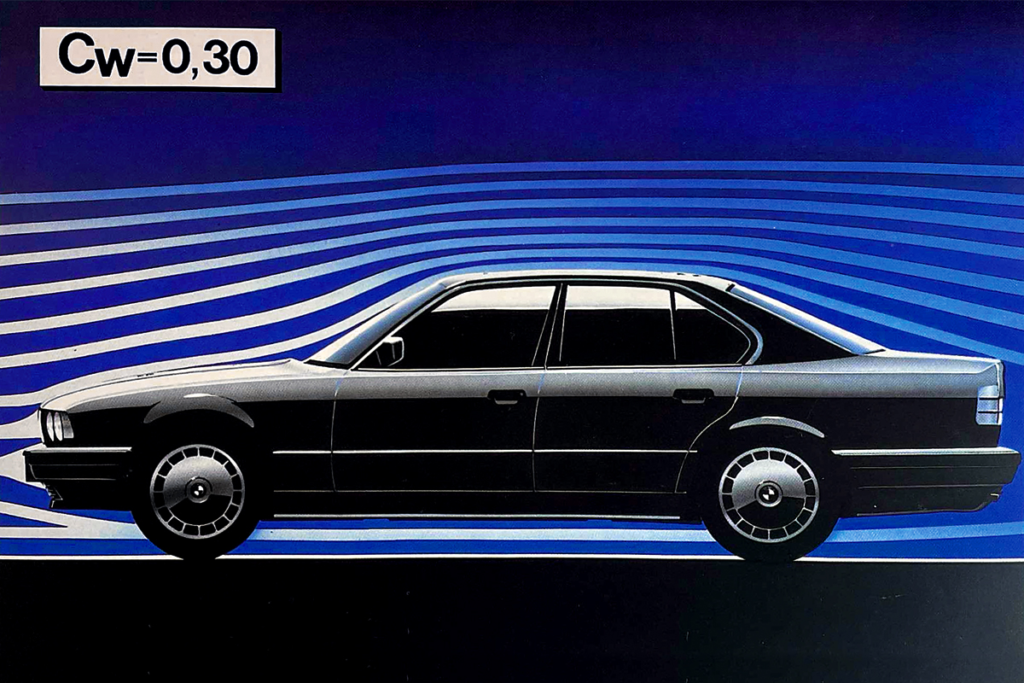
El catálogo incluso justificaba las características de manejo del M5, sugiriendo que BMW ajustó intencionalmente el chasis para que cambiara de punto muerto a un ligero subviraje, que podría pasar a sobrevirar con la entrada del acelerador, presumiblemente para contrarrestar la naturaleza del Mercedes que prefiere la cola.
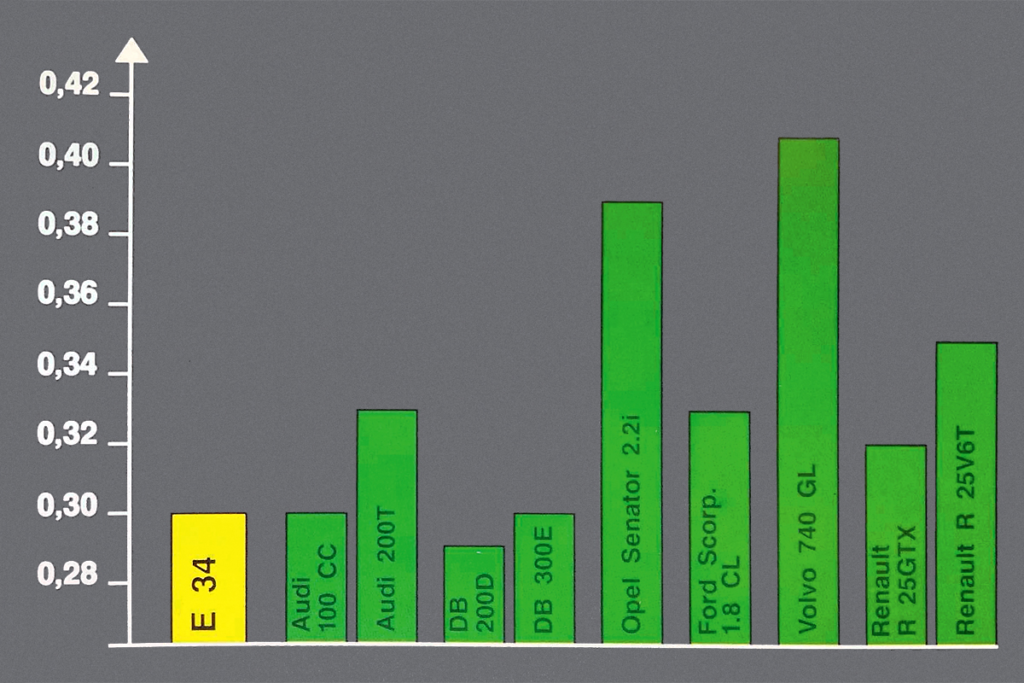
La aerodinámica de los clásicos y de los contemporáneos. Para alcanzar a Mercedes, BMW sacó empleados de Audi.
Esta batalla continua de superioridad no solo superó los límites tecnológicos, sino que también puso de relieve una rivalidad profundamente arraigada. Si bien el E34 superó momentáneamente al W124, no pudo reproducir el impacto revolucionario del V12 E32. A pesar de compartir plataforma con el «Seven», el «Five» siempre pareció estar un paso por detrás de su homólogo de Stuttgart, y apostó por innovaciones como la tracción total y las mejoras de seguridad en las que Mercedes había sido pionera.
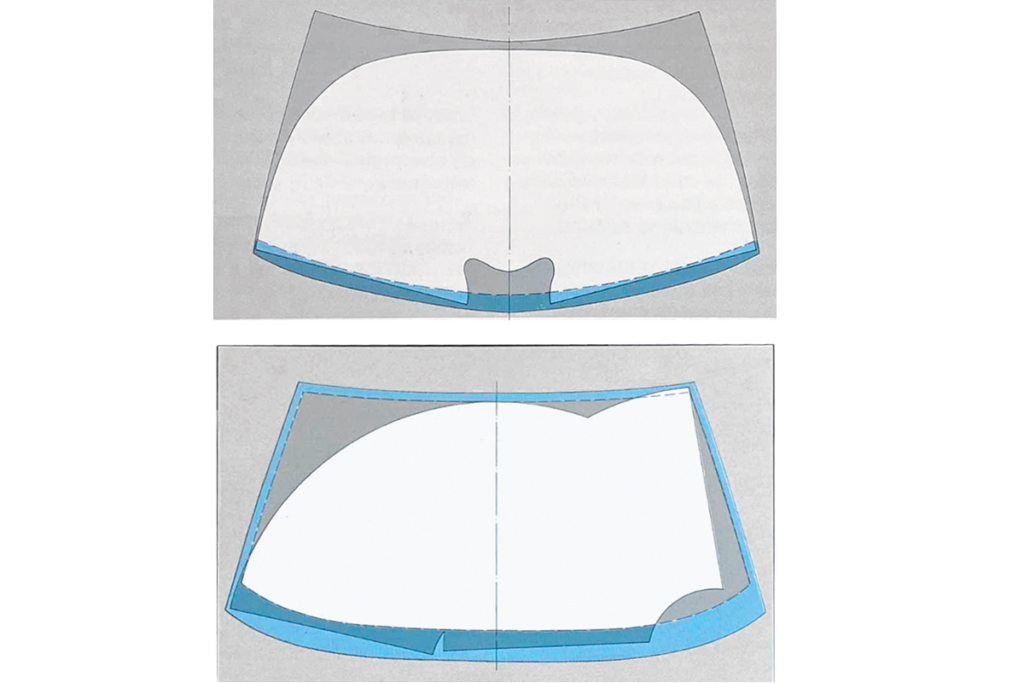
El limpiaparabrisas de Mercedes alcanza las esquinas superiores y proporciona un área de limpieza del parabrisas récord en la industria automovilística. BMW insiste en que la esquina superior izquierda es más importante para la visibilidad en los semáforos.
El BMW M5 sigue siendo un testimonio de esta feroz competencia, encarnando la búsqueda incesante de la excelencia y la innovación en la automoción. A medida que estos rivales se empujaban unos a otros a alcanzar mayores cotas, dejaron un legado de destreza en ingeniería y rendimiento que sigue inspirando al mundo de la automoción.
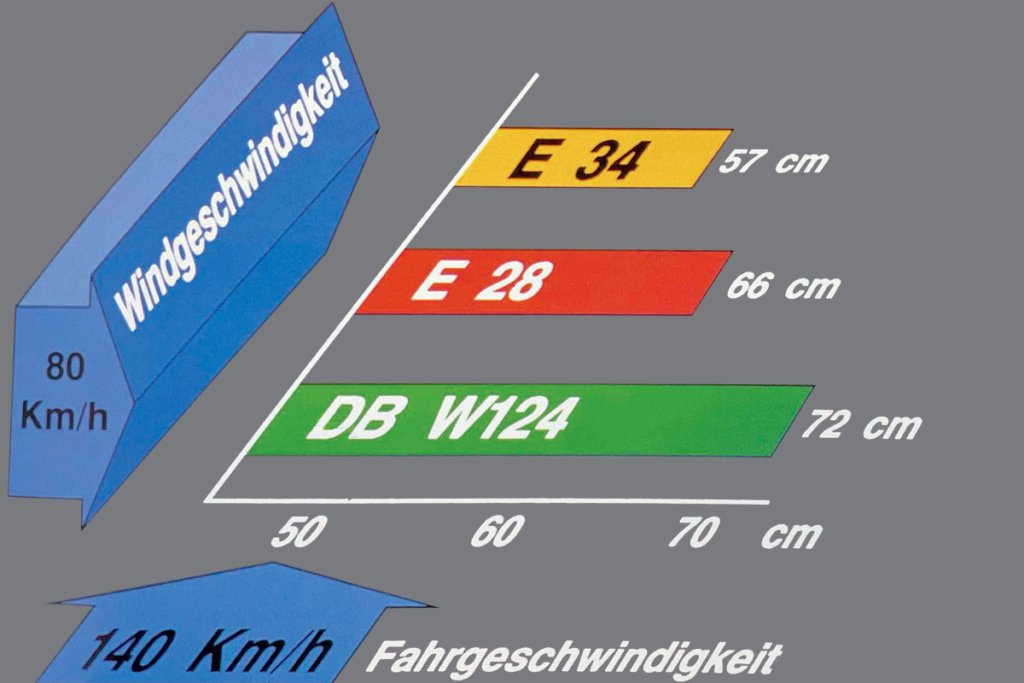
Otra razón para destacar la superioridad sobre Mercedes: con vientos laterales, el E34 derrapa menos que el W124.
Cuando Mercedes presentó el W124, BMW respondió rápidamente con el E34, anunciando su propia obra maestra, el M5. El modelo alternativo de Stuttgart, el 500 E, marcó el comienzo de una fascinante rivalidad entre dos supersedanes claramente diferentes, que compartían un origen sorprendente: cada modelo comenzó su andadura sobre el chasis de un camión.
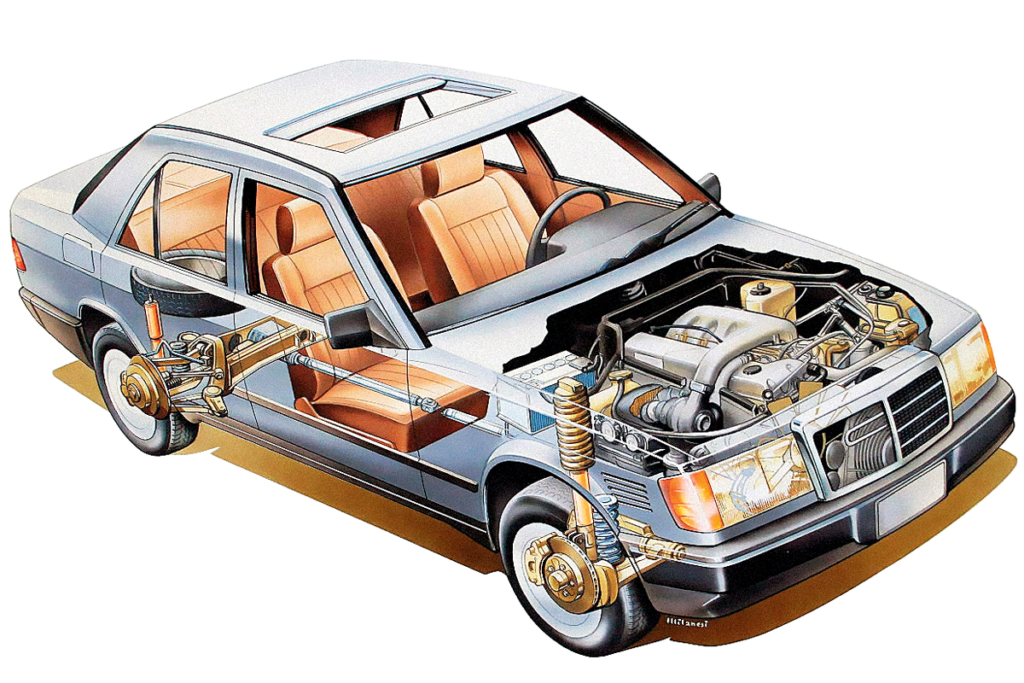
La principal joya técnica del chasis del W124 es la suspensión trasera multibrazo, que apareció algo antes en las berlinas más pequeñas W201 y posteriormente se instaló en casi todos los turismos Mercedes. Ha sido copiado por muchos otros fabricantes. Con algunas modificaciones, este esquema básico de cinco eslabones se sigue utilizando hoy en día.
En la década de 1980, BMW se esforzó fervientemente por superar a Mercedes. Stuttgart era formidable, lo que obligó a Múnich a redoblar sus esfuerzos solo para mantener el ritmo. Para superar a Mercedes, BMW necesitaba algo extraordinario. Lo entregaron en 1986 con el debut del E32 «Seven» y, un año después, asombraron aún más al mundo de la automoción con el BMW 750i con motor V12. El desafío consistía en replicar este éxito con el «Five».
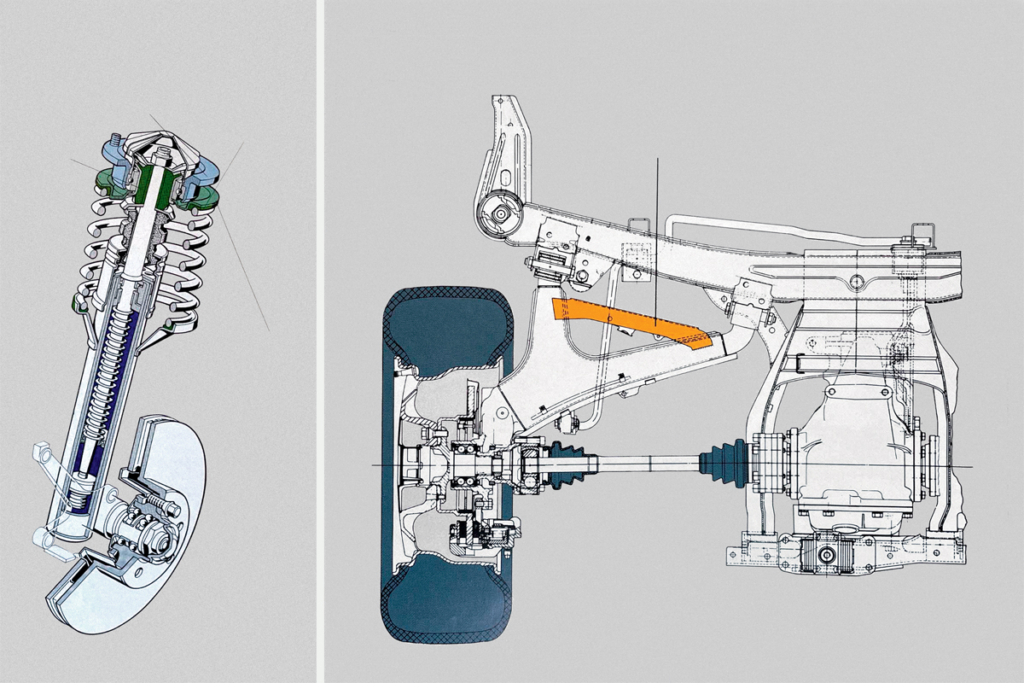
Para todas las versiones E34 por encima del BMW 525i y 524td, se suministraron montantes McPherson con soportes separados para muelles y amortiguadores. En la parte trasera, los brazos oblicuos se reforzaron con tirantes. Este fue el último “Cinco” con un eje trasero de la vieja escuela. Como opción, excepto para el M5, se ofrecía una suspensión Sport más rígida.
Lanzados en 1988, los sedanes E34 se centraron en un objetivo: el excepcional W124. Cuatro años después de su debut, el Mercedes sigue personificando el cenit de la ingeniería automotriz.
Durante nuestras pruebas retrospectivas, pasé varios días con un catálogo de concesionario único, el BMW Praxis, diseñado para capacitar al personal de ventas en el nuevo «Five». Esta biblia de 240 páginas sobre el E34 cubre cada detalle minucioso y cada decisión de diseño del vehículo. Está repleto de información única y tiene un precio de 30 000 rublos, lo que demuestra su valor. Cabe destacar que el W124 se menciona en casi todas las páginas, lo que subraya una aparente obsesión.
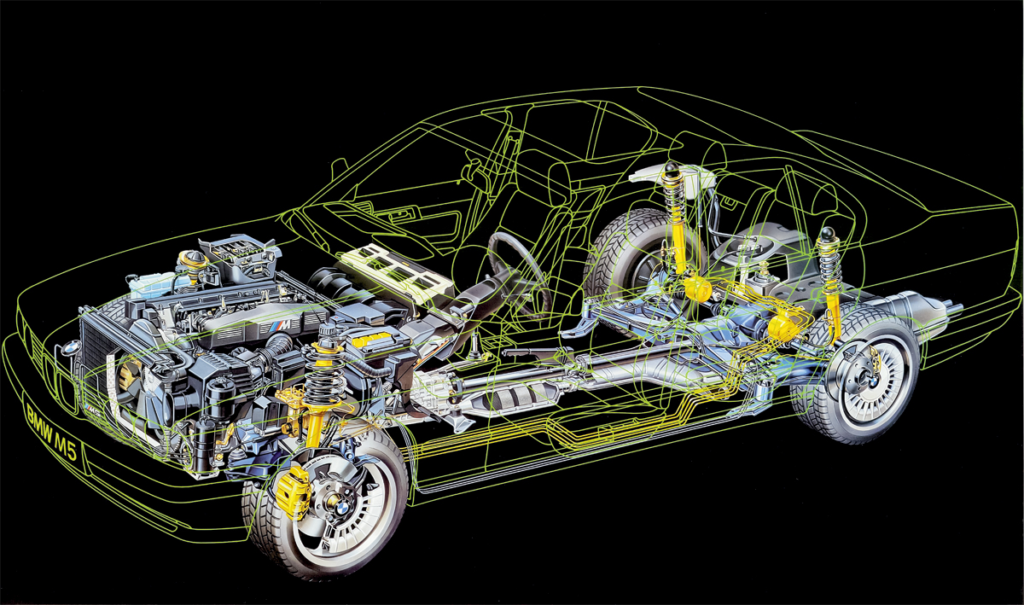
La compleja suspensión multibrazo comparable de BMW no apareció hasta 1989 en el coupé E31, y después en el “Seven” E38 y el “Five” E39. Pero el M5 E34, incluso antes de que saliera a la venta el Mercedes 500 E, estaba equipado de serie con amortiguadores traseros dotados de un mecanismo hidráulico de autonivelación para mantener constantes los ángulos de caída de las ruedas y la holgura.
La batalla comenzó con las estrategias de marketing, cuando BMW realizó comparaciones detalladas de cuotas de mercado en varias profesiones. La marca «Propeller» resonó más entre los mandos intermedios, mientras que la marca «Star» encontró el favor de los altos ejecutivos y autónomos. BMW también se jactó de sus proezas de ingeniería, al afirmar que había logrado una mejora aerodinámica significativa con respecto a su predecesora y al lograr un coeficiente de resistencia aerodinámica de 0,30, al tiempo que conservaba la icónica inclinación negativa de sus fosas nasales. Sutilmente sugirió que estos resultados podrían haber sido incluso mejores, dando a entender que competidores como Mercedes utilizaban neumáticos más estrechos para lograr unas cifras óptimas.
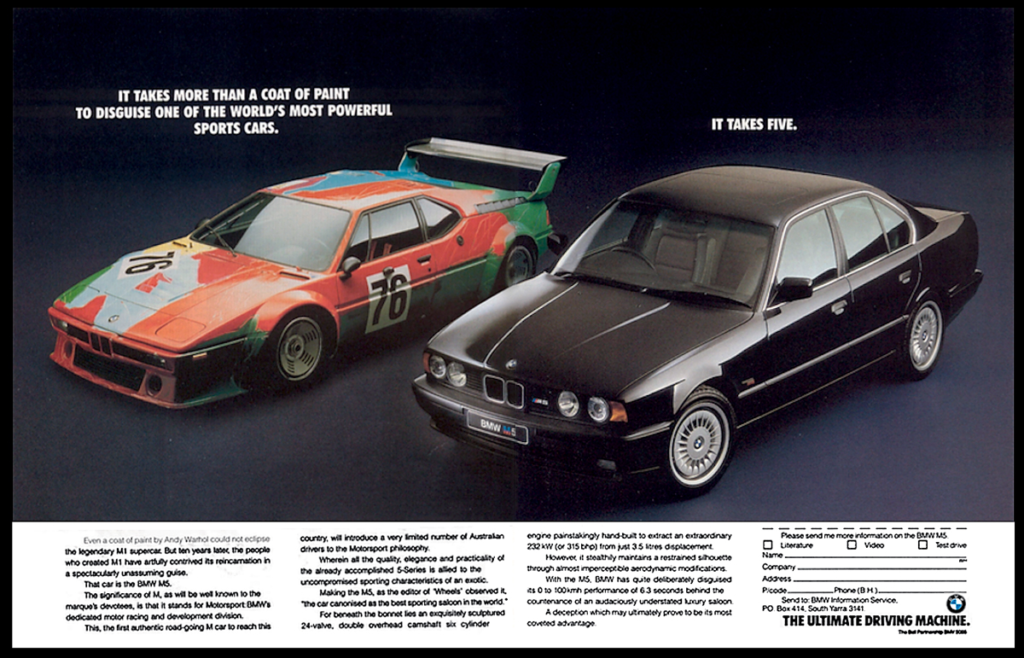
El linaje de los motores M5 se remonta tradicionalmente al “seis” M88 del BMW M1, aunque el verdadero progenitor fue el BMW 3.0 CSL. La versión M88/3 sin cárter seco se destinó al M5 E28 en Europa, mientras que el primer motor etiquetado como S38B35 era su versión “catalítica” para América. Los motores S38 del E34 heredaron un bloque de hierro y una culata DOHC de 24 válvulas.
BMW combinó el innovador sistema de limpiaparabrisas de Mercedes, que limpió el 86% del cristal al extender el alcance de los limpiaparabrisas y añadir un mecanismo en la base para mejorar la adherencia de las cuchillas a bajas velocidades. También introdujeron una característica única en la que, al tirar y sujetar la manilla de la puerta, se activa un calefactor con cerradura, un complemento inteligente para los climas más fríos.
Desde los reposacabezas traseros plegables accionados por servos en lugar de resortes hasta un sistema de control de tracción más sofisticado que gestionaba tanto la pérdida de tracción como la desaceleración repentina, BMW parecía decidida no solo a competir sino a liderar la innovación. Las nuevas características de cada modelo tenían como objetivo superar a los demás, y BMW refinaba continuamente sus diseños para responder a los avances de Mercedes.
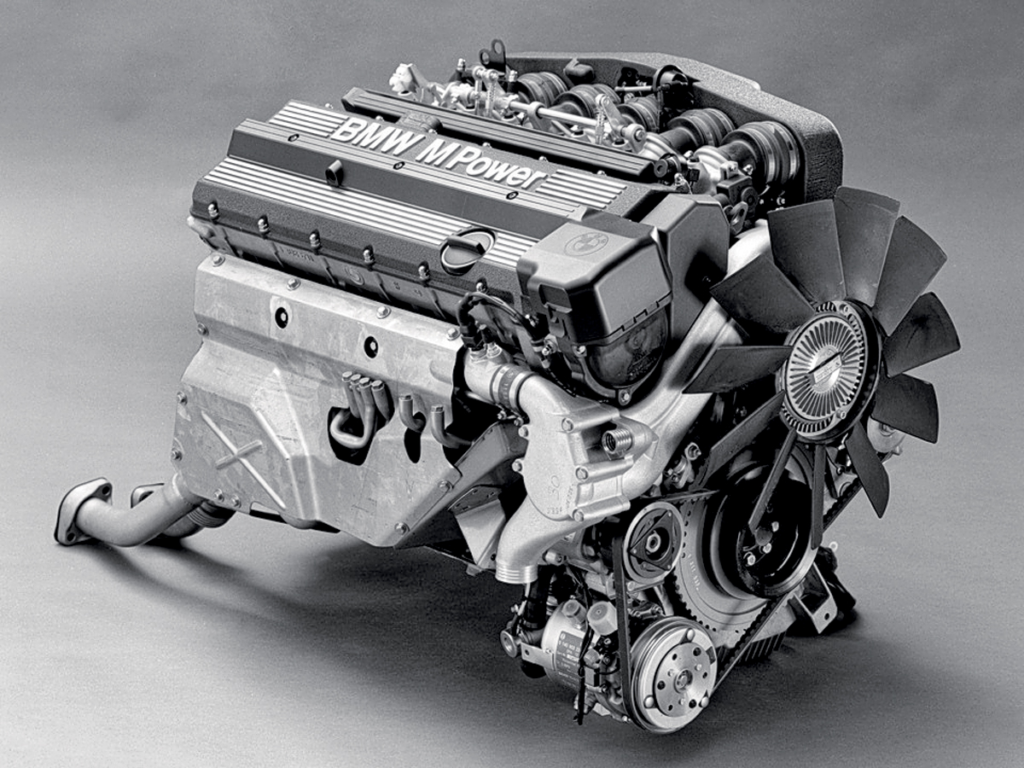
El motor S38B36 (315 CV) del M5 pre-facelift tenía en realidad una cilindrada de 3.535 cc, pero se denominó 3.6 para diferenciarlo del motor predecesor con una cilindrada de 3.453 cc del M5 E28.
Además, el catálogo de BMW justificaba las características de maniobrabilidad del M5, ya que indicaba un ajuste deliberado del subviraje neutro a un ligero subviraje, que podía pasar a sobrevirar al acelerar, tal vez un guiño a la naturaleza «a la deriva» del «124».
Esta rivalidad de ojo por ojo no solo superó los límites de la tecnología automotriz, sino que también puso de relieve el intenso espíritu competitivo entre las dos marcas. Si bien el E34 superó brevemente al W124, no logró reproducir el impacto innovador del E32 de doce cilindros. A pesar de compartir plataforma con el «Seven», el «Five» siempre lo persiguió, adoptando innovaciones como las carrocerías tipo station wagon, la tracción total y características de seguridad mejoradas, similares a las de Mercedes por primera vez. El BMW M5 sigue siendo un monumento a esta feroz rivalidad y demuestra cómo la competencia impulsa la innovación y la excelencia en la industria automotriz.
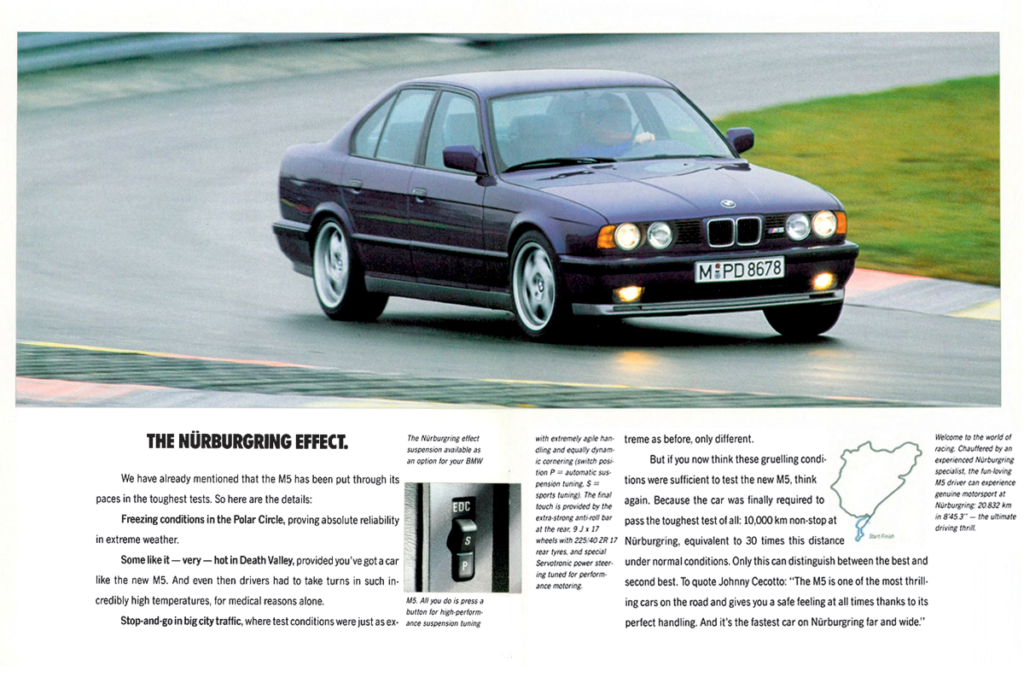
El efecto Nürburgring significa que, durante las pruebas, la berlina BMW M5 con amortiguadores adaptativos EDC completó diez mil kilómetros sin parar en el “Bucle Norte” de Nürburgring y registró el mejor tiempo de 8’45,3″ (en un circuito de 20.832 km).
Hace tres años, para conmemorar el 30 aniversario del Mercedes 500 E, el servicio de prensa de Porsche publicó una entrevista con Michael Hölscher, el líder del proyecto del Typ 2758. Las posteriores apariciones de Hölscher en podcasts arrojaron más luz sobre los matices del desarrollo de este icónico modelo. Aclaró que el diseño del sedán, la selección del motor y la transmisión del 500 SL roadster, así como su diseño y aerodinámica, fueron decididos exclusivamente por Mercedes. Porsche se encargó principalmente de integrar estos componentes en el chasis del W124, que inicialmente no había sido diseñado para albergar motores V8.
Esta colaboración requirió adaptaciones importantes, como la reubicación de los conductos de admisión, la reorientación de las tuberías de frenos y combustible, la adaptación del túnel central, la ampliación de la pista y la realización de un programa integral de pruebas de conducción. Curiosamente, Mercedes optó por no incluir la puesta a punto del circuito de Nürburgring en este proyecto, lo que pone de manifiesto una situación en la que las especificaciones del cliente eran fundamentales para Porsche.
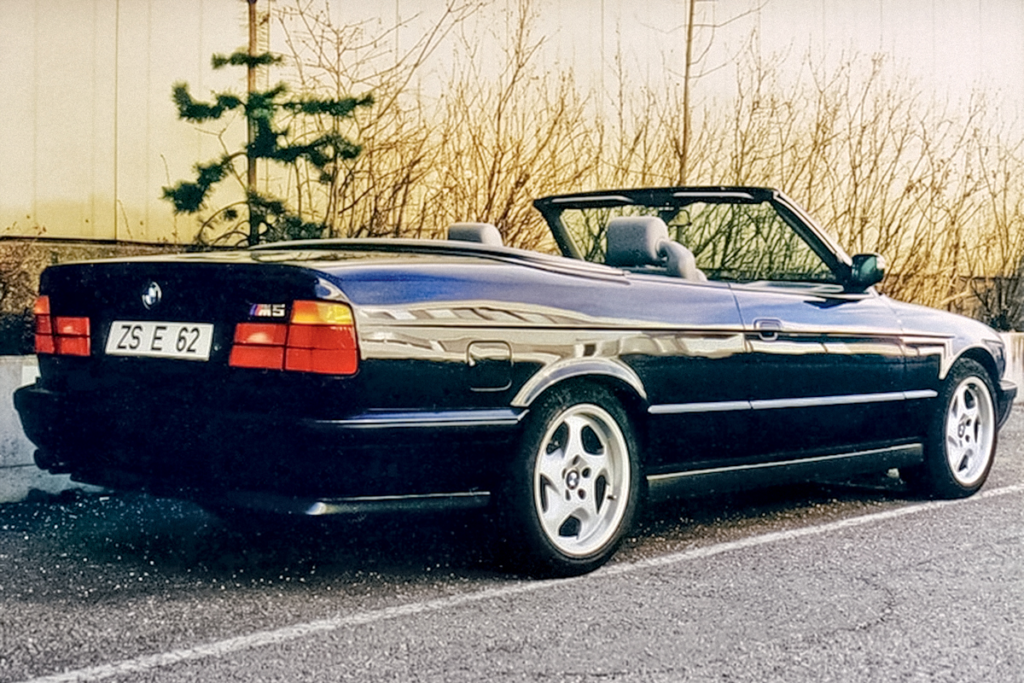
En el Salón del Automóvil de Ginebra de 1989, estaba previsto mostrar un M5 descapotable con carrocería E35, pero una semana antes del estreno, BMW temió que perjudicara la demanda del M3 abierto y canceló el proyecto. El prototipo no se presentó hasta 2009.
Una innovación notable de Zuffenhausen fue el desarrollo del sistema electrónico de gestión del motor. De hecho, el 500 E fue pionero tanto para Mercedes como para Porsche, ya que fue el primer vehículo equipado con un sistema CAN-bus.
Hölscher también desmintió el mito de que el 500 E no podía caber en la línea de montaje de Sindelfingen debido a sus guardabarros delanteros excesivamente anchos, que se rumoreaba que habían sido diseñados por Porsche. Explicó que, en realidad, estos guardabarros habían sido concebidos por diseñadores de Mercedes, que eran muy conscientes de las limitaciones de la línea de montaje. La decisión de no adaptar los equipos de la planta de Sindelfingen para fabricar guardabarros más anchos, sino más bien subcontratar ciertas etapas de producción a Porsche, fue una estrategia rentable. Esto plantea una posibilidad intrigante: tal vez Mercedes pretendía ensamblar este sedán especial en un lugar único, alejado de las líneas de producción estándar, siguiendo el enfoque de BMW.
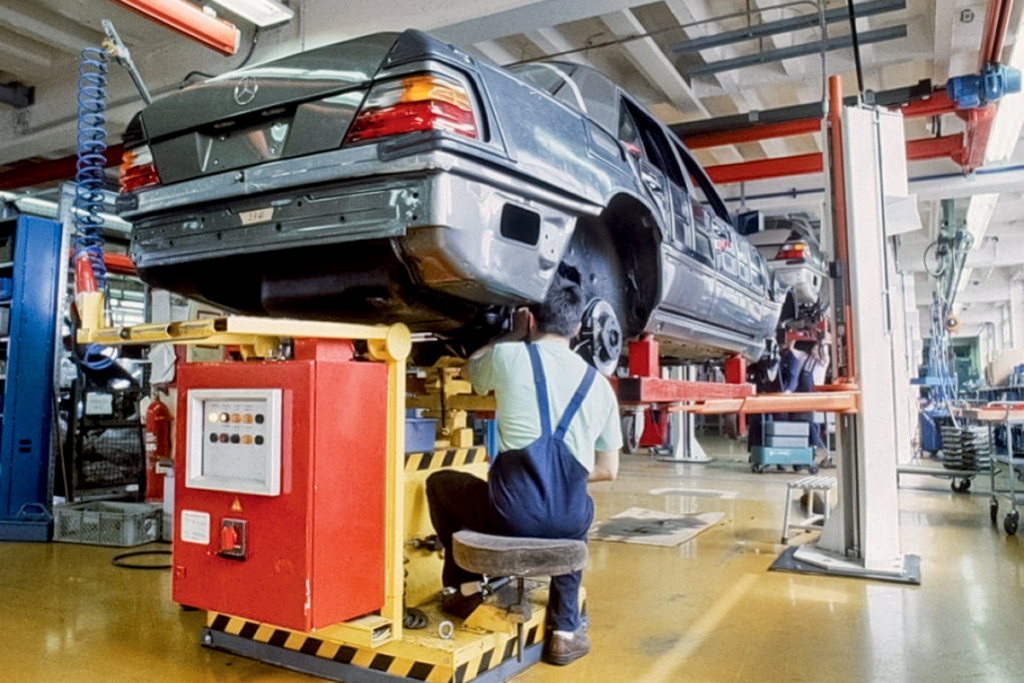
En la fábrica de Porsche, los coches Mercedes se montaban sin cinta transportadora, sobre elevadores y carros. El código VIN de estos coches debe incluir los números 124.036.
Finalmente, el Mercedes 500 E se ensambló en tres ubicaciones. Los paneles de carrocería estampados se transportaban en camiones de Sindelfingen a Zuffenhausen, donde Porsche añadió piezas y las ensambló para formar marcos en el edificio Reutter Bau, que lleva el nombre del histórico Reutter Karosseriewerk, un taller de carrocería que trabajó con Ferdinand Porsche desde 1906 y que desempeñó un papel importante en las primeras carrocerías de los automóviles Porsche. Tras el montaje inicial, los marcos se devolvieron a Sindelfinden para pintarlos y luego a Zuffenhausen para su montaje final en la planta de Rössle Bau, que anteriormente albergaba la producción del Porsche 959.
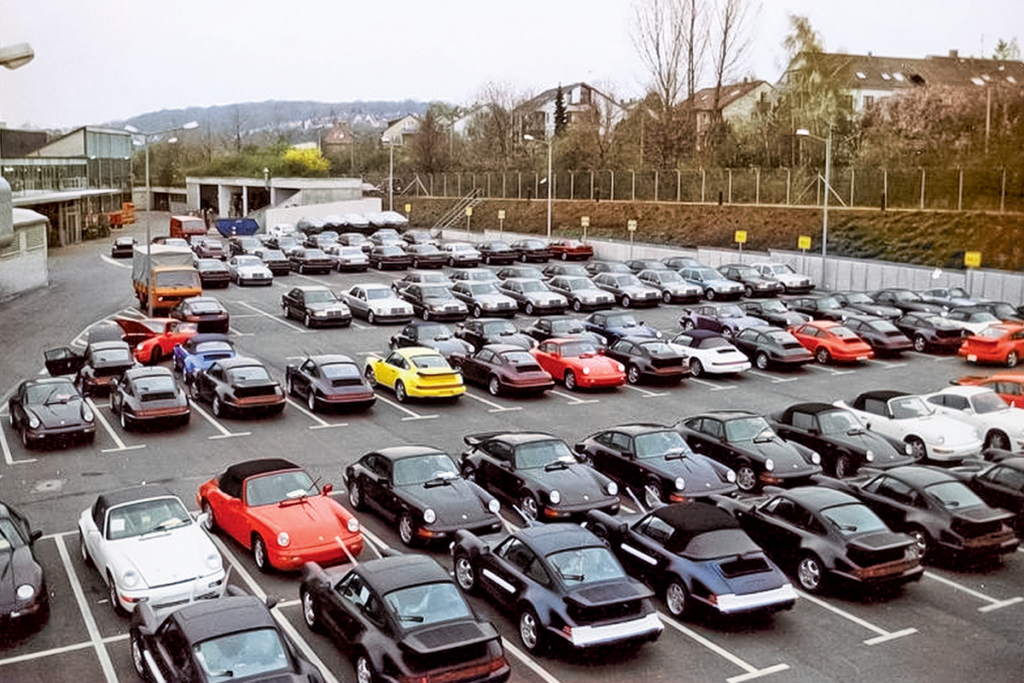
Principios de los 90, los productos acabados en la fábrica de Zuffenhausen: varios Porsche 964 y cuarenta Mercedes al fondo.
La complejidad logística de este proceso fue considerable; se necesitaron 18 días para fabricar cada vehículo. A pesar de ello, el proceso de producción demostró ser más eficiente que el del BMW M5. Inicialmente, Mercedes planeó que Porsche produjera diez automóviles al día, pero debido a la abrumadora demanda, las tasas de producción se duplicaron.
Con un precio superior al de la clase S, de 135 000 marcos alemanes, y con un pico de demanda y producción en 1992, el 500 E pronto pasó a ser el E 500 como parte de la renovación de 1993 que transformó toda la serie «124» en la clase E. Aunque la ingeniería siguió siendo la misma, el aumento del precio hasta los 146 000 marcos supuso un descenso de las ventas, que culminó con el cese de la producción en 1995. Sin embargo, el 400 E (más tarde el E 420), menos potente, continuó hasta 1996 con el doble de número.
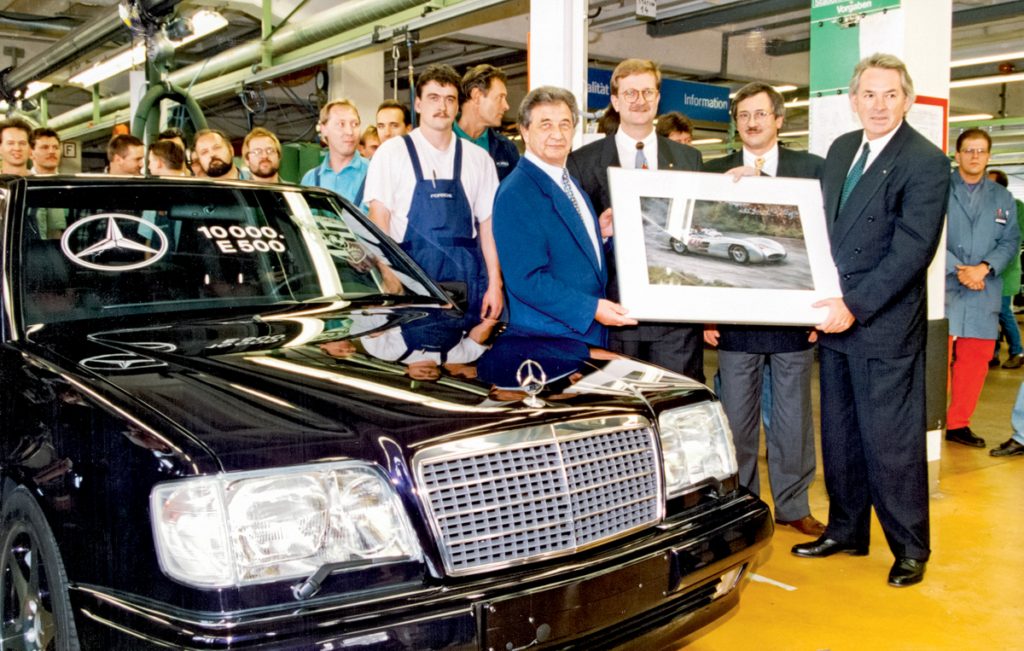
El Mercedes “Quinientos” número 10.000 se fabricó en octubre de 1994, ya con el índice E 500 renovado. Después se montaron otras 479 unidades. El coche fue regalado a Hans Herrmann, que corrió para Mercedes en la Fórmula 1 en los años 50, y en 1970 ganó el primer Le Mans para Porsche.
Este proyecto no solo estabilizó la situación financiera de Porsche, sino que también sentó las bases para futuros proyectos como el Audi RS2, en el que Porsche ejerció una mayor influencia en la ingeniería. El liderazgo de Michael Hölscher se extendió más allá de este proyecto y contribuyó al desarrollo del Carrera GT y del Porsche 918 Spyder antes de su jubilación en 2016.
Mercedes, tras reconocer el carácter lucrativo de los modelos de altas prestaciones mediante el proyecto 500 E, decidió en 1993 mantener este «caviar» exclusivo del sector automovilístico, lo que llevó al lanzamiento del primer Mercedes C 36 AMG y sentó las bases para futuras innovaciones de alto rendimiento conocidas hoy en día.
Foto: BMW | Mercedes-Benz | Sergey Znaemsky
Esto es una traducción. Puedes leer el artículo original aquí: Эхо друг друга: как создавались BMW M5 и Mercedes-Benz 500 E из нашего ретротеста

Publicado Junio 20, 2024 • 13m para leer

